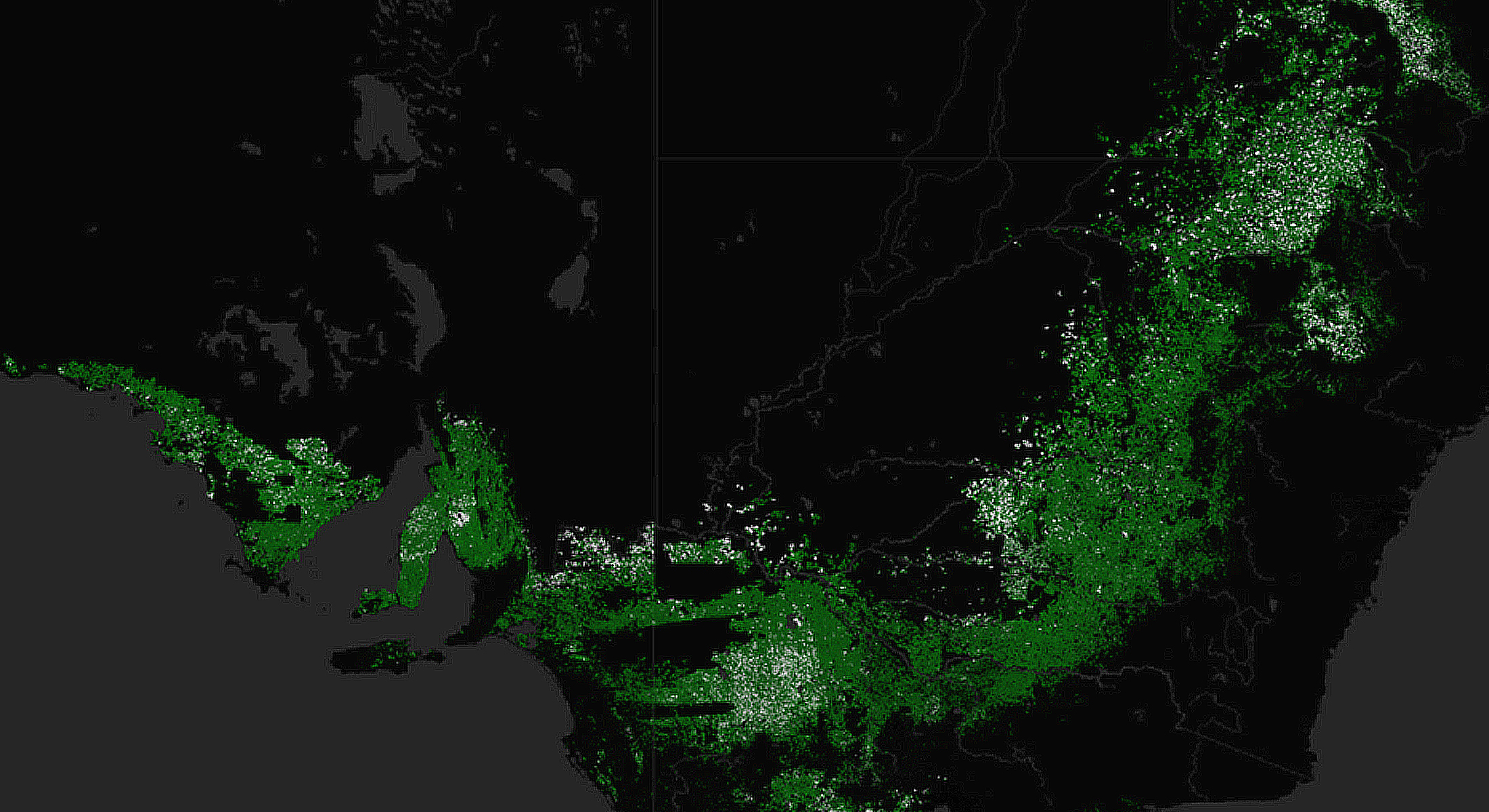Monitoring Late Winter Crop Emergence
Across much of south-eastern Australia, this winter’s grain season has played out differently.
While the specifics of planting dates and establishment timelines vary from region to region, one fact is clear: late crop emergence was more prevalent than usual this year and is becoming a signal of deeper structural change in the climate-risk environment.
How? A compressed growing window leaves crops vulnerable to hotter, drier conditions at the very stage when yield potential is most at stake.
Behind this season’s late start lies a combination of climate drivers: delayed autumn rains, cooler-than-average June temperatures, and soil moisture deficits that pushed sowing and emergence weeks behind long-term medians. This contributes to a broader pattern of climate variability that is already reshaping expectations for the grain sector.
We are tracking this because establishment timing is one of the clearest early indicators of seasonal risk. By tracking where and why crops are emerging late, we can start to quantify production potential, in addition to the wider implications for the grain market, finance, trade, and food security.
Download the full report to explore our late crop emergence analysis and what it could mean for the season ahead.



